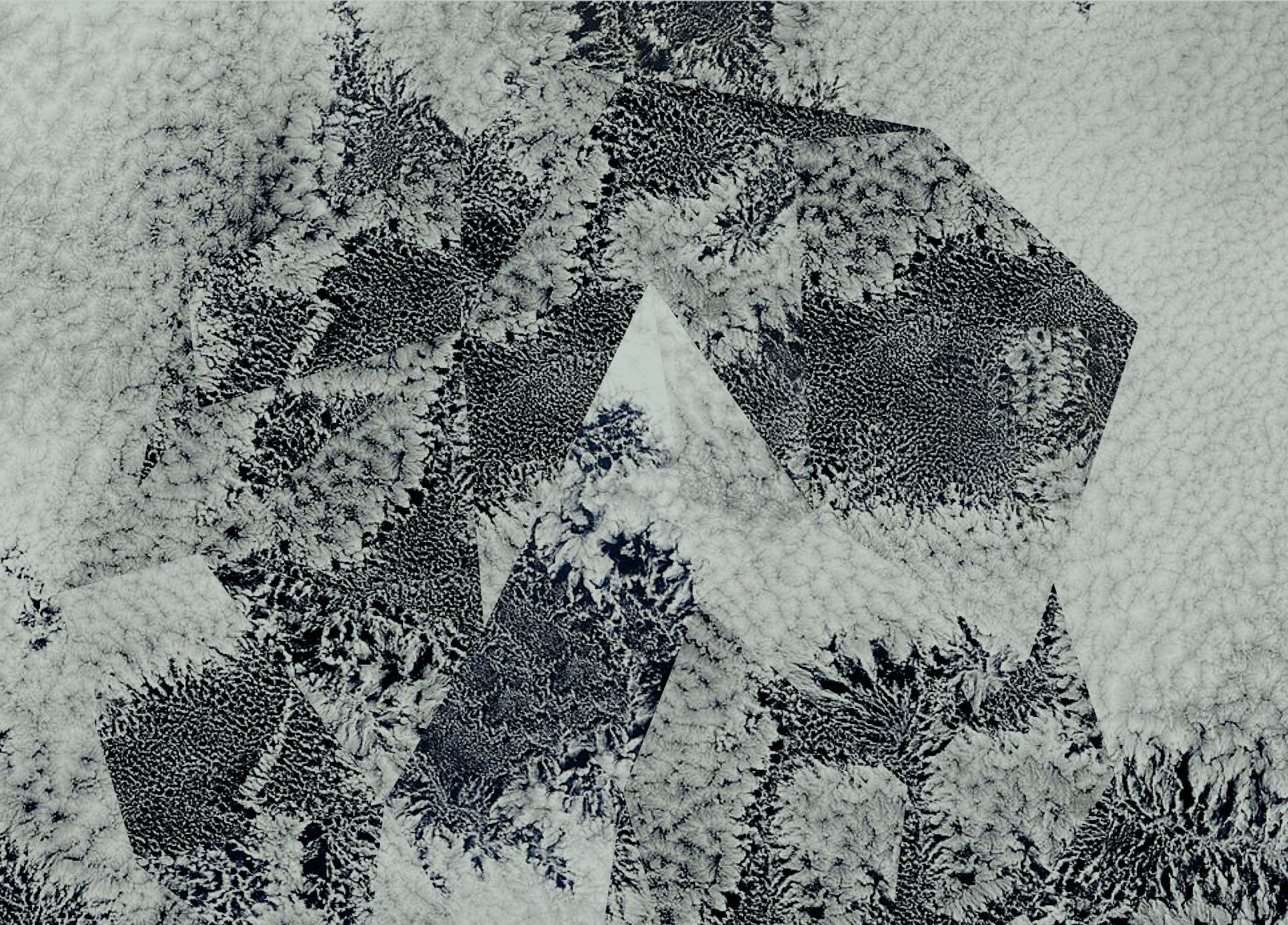Angles (noise):
Angular noise sounds of varying lengths,
variation of frequency.
Marcato attacks.
Angles (pitch):
Angular, pitched sounds of varying lengths, more long than short impulses, sometimes marcato attacks.
Aggregation:
Move from single sounds with much space to building a tutti structure. Pause and repeat.
(Also in two to three groups in parallel simultaneously)fix?
Breaking (1):
One person starts playing a stable sound, the rest of group 1 imitate.
Group 2: One person starts a stable sound which complements or contrasts Group 1, and the rest of Group 2 imitates the instigator. Group 1 fade away.
Repeat. Gradually less change and shorter intervals.
Breaking (2):
Like a mass being penetrated and broken apart.
Cracking:
Imagine and play the sound of a material cracking.
Crystallization:
Move from something fluid and fast to something clear, static, crystalline and simple.
Clouds:
Make phrases together, react to impulses. Iterations and flourishes.
Asymmetric rhythm, fast. Longer and shorter gestures.
Centers (1):
One person leads a group through his/her playing.
The other players can imitate, contrast, accompany etc, but listen to the leader/center at all times.
Centers (2):
Focus on a common center of gravity: A sound, chord or mode.
Centers (3):
Every player is her own center. Listen, but stay autonomous. Wadada.
Dunes:
Very slow sounds, repetitive, breath tempo.
Explosions:
Explosive sounds.
Flocking:
Fast, follow each others movements in a chaotic ”unison”.
Pitch or noise.
Lines (linear movement, meanders):
Move from one point to another in a melodic, meandering, linear way, non repetitive.
Lines (tutti):
Make linear, melodic phrases together, either in heterophony or finishing each others phrases.
Mass:
A static, sustained sound mass.
Ripples 1:
Repetitive. Like a faster, polyrhythmic version of DUNES.
Ripples 2 (Rhythms):
Repetitive, percussive, polyrhythmic shorter sounds.
Spots 1:
Or points, short sounds, open.
Make phrases together, react to impulses.
Play only one sound at a time, space and listening.
Spots 2:
Make spots together in smaller groups. Try to synchronize.
Trigons:
Parallel trios.
Waves:
Dynamic waves.
Possible variations, additional instructions, modifiers
Instrumentation
Pitches or sounds (more noise content): Note -Node – Noise. Movement from note to
noise and back.
Dynamics loud/soft/medium/varied
Open/dense/both
Small/larger groups
Fast/slow/medium/variation in tempo
Register high/low
Register changing or fixed
Timbre, constant or changing
Short, resonant or sustained sounds
Spatial placement of groups or sounds.
Metric rhythm more/less
